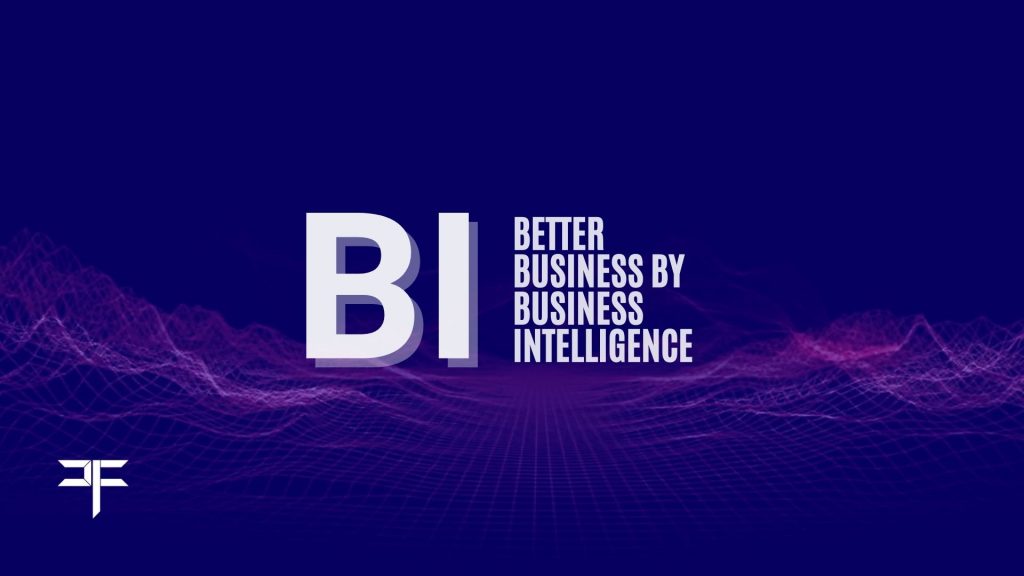Business intelligence (BI) combines business analytics, data mining, data visualization, data tools and infrastructure, and best practices to help organizations to make more data-driven decisions.
Business intelligence can help companies make better decisions by showing present and historical data within their business context. Analysts can leverage BI to provide performance and competitor benchmarks to make the organization run smoother and more efficiently. Analysts can also more easily spot market trends to increase sales or revenue. Used effectively, the right data can help with anything from compliance to hiring efforts.
To start discovering insights from your data, you need two things: a business intelligence tool and a data source. After you connect your tool to your data source, you can begin creating data visualizations. These interactive visualizations help users understand what is really going on so they can make informed decisions.
Business intelligence tools
Business intelligence tools can be used by all teams at a company, including sales, marketing, and customer support. Team members and executives can both make use of BI tools’ output. Data engineers and data analysts can also make use of the convenience of a BI tool when performing their own investigations.
Many self-service business intelligence tools and platforms streamline the analysis process. This makes it easier for people to see and understand their data without the technical know-how to dig into the data themselves. There are many BI platforms available for ad hoc reporting, data visualization, and creating customized dashboards for multiple levels of users like Board, Domo, Dundas BI, Microsoft Power BI, MicroStrategy, Oracle Analytics Cloud, Qlik, SAS, Sisense, Tableau, Tableau CRM, Tibco, etc.

